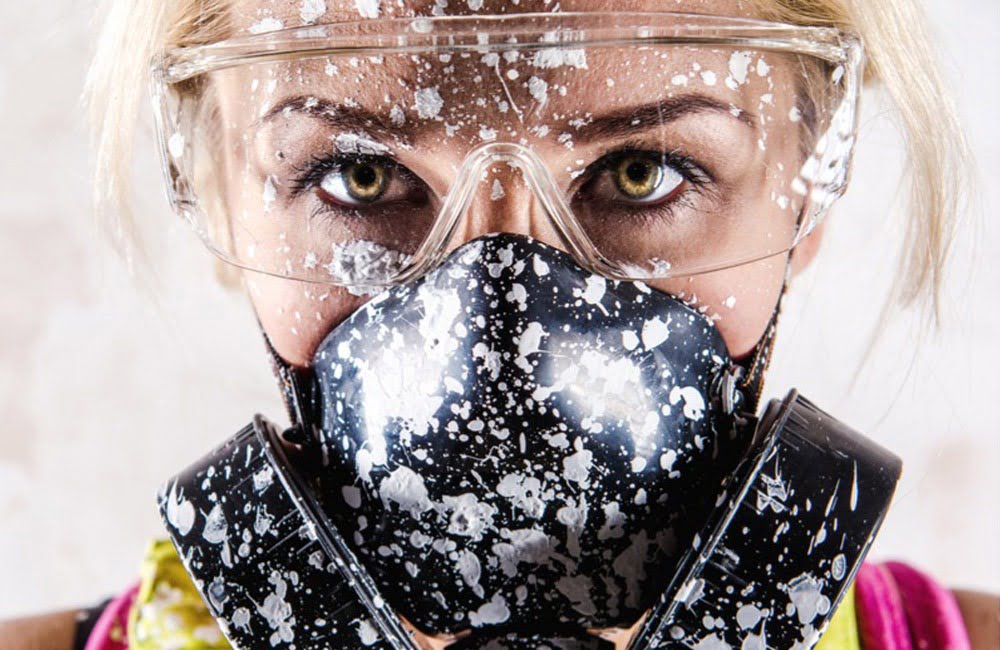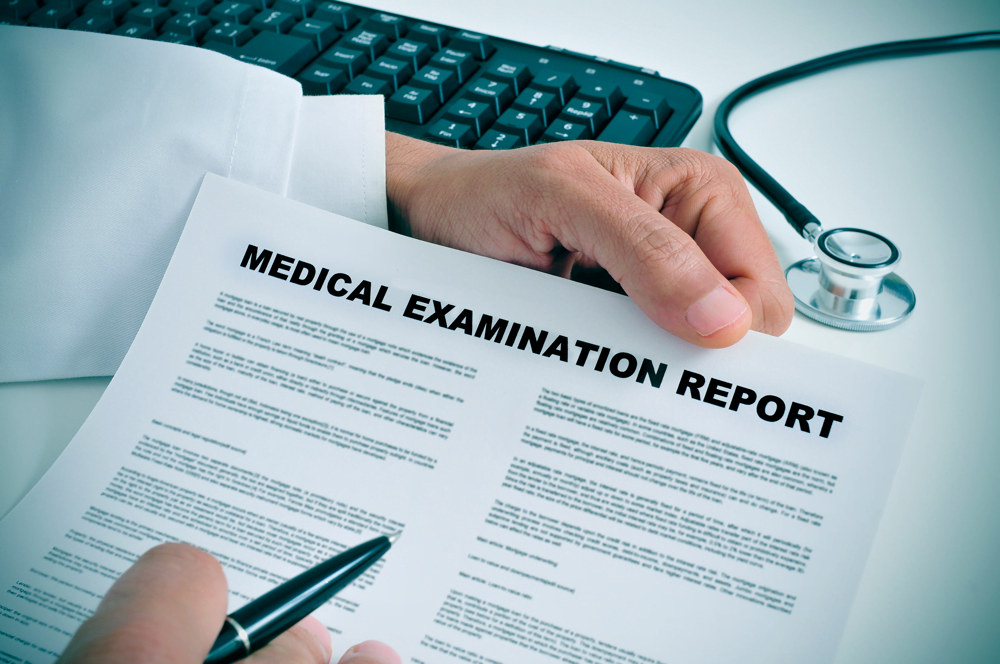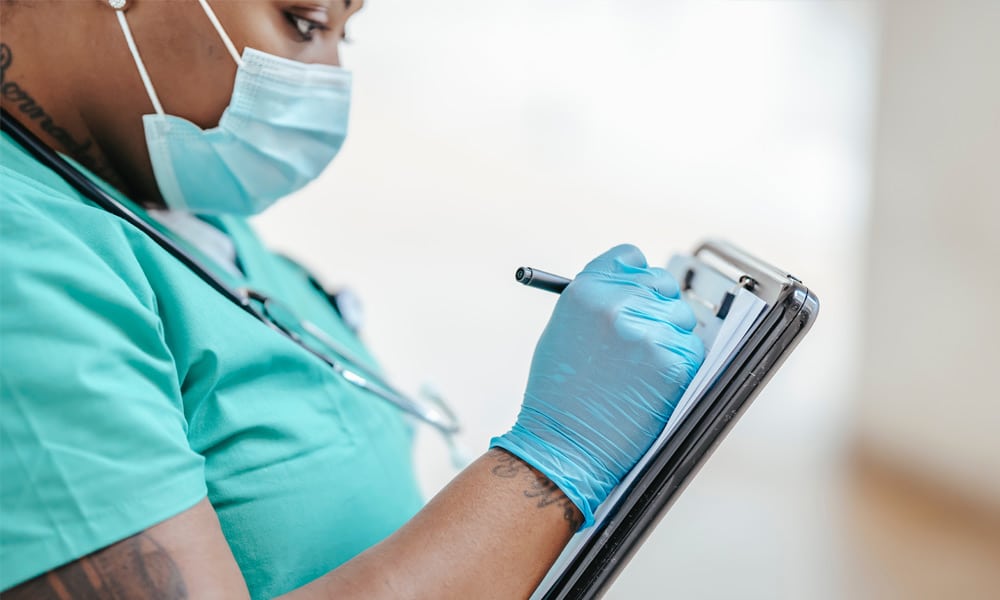There have been over 7000 injuries and 33 deaths in the motor vehicle repair (MVR) industry between 2005-2010. Because of the nature of the materials used, there is widespread potential for work-related ill health in MVR body shops. Many of the substances used require careful storage, handling and control so it makes sense to have a strong occupational health strategy to protect your employees and your business.
Occupational Health Strategy
Because of the nature of the MVR industry there is a need for a cross surveillance approach in any occupational health surveillance strategy. By that we mean that employees should be monitored for multiple conditions as part of your strategy. There should be lung function testing, biological monitoring for Isocyanates exposure, and dermatological surveillance. This surveillance monitors employees for occupational diseases that most feature in the MVR industry including occupational asthma, occupational dermatitis and exposure to Isocyanates.
Isocyanates & Occupational Asthma
In particular, paints that contain Isocyanates have been the biggest cause of occupational asthma in the UK. Paints containing Isocyanate are used extensively in MVR as almost all motor vehicle repair body shops use 2-pack or “2K” Isocyanate-containing paints. Isocyanates are also used in some water-based paints, most base coats and almost all lacquers. It is important that you are aware that water-based does not mean Isocyanate-free. It just means that it is an emulsion based paint and has reduced levels of solvents.
The spraying of 2-pack Isocyanate paints is the main cause of occupational asthma in the UK. Paint sprayers in the industry have about a 90 times higher risk of getting asthma compared with the rest of the UK working population. According to the figures on the HSE website, every year around 50 sprayers are diagnosed with Isocyanate asthma and most have to leave the industry.
It is not just a problem for paint sprayers, other workers in body shops are also sometimes affected. There have been cases of maintenance personnel, managers and others who work in close proximity to spray booths/rooms getting Isocyanate asthma. This spray mist containing Isocyanate may also worsen existing asthma. Once people are affected even very low exposure levels can trigger an attack. The MVR industry is also in the top 10 industry’s for cases of disabling dermatitis with significant skin contact.
Vehicle paint sprayers
- The risk of developing occupational asthma occurs because paint spraying produces a lot of invisible airborne mist that you can breathe in. Never spray paint outside the spray booth or room.
- Your spray booth/room takes time to clear of mist, so know the clearance time and make sure that everyone else does too.
- Always wear air-fed breathing apparatus (BA) when spraying and know how to safely leave or enter your booth, or room during the clearance time.
- Your employer should check the controls are working by measuring your exposure to isocyanate. Currently the only way to do this (and accepted by the MVR industry) is by providing a urine sample for analysis.
- You need regular health surveillance i.e. lung function testing and skin checks. This is to identify early symptoms and signs of occupational asthma and dermatitis (skin rashes).
Body shop owners / managers
- Spraying 2-pack isocyanate paints creates fine, invisible, airborne mist that can cause occupational asthma.
- It spreads through the air like smoke.
- Your spray booth or room takes time to clear of fine paint mist.
- Measure the clearance time (information below) using a smoke/fog generator, clearly mark it on the entrance door(s) and make sure everyone who uses the booth/room knows what to do. For information on smoke generators and advice on how to conduct a clearance time measurement please see Measuring paint spray booth clearance time.
- The research report ‘An automated system for indicating spray clearance times of MVR spray booths and rooms – RR742’ describes the design and assembly of a device consisting of a timer switch, programmed with the clearance time, which is triggered by a sensor that detects when the spray gun is turned on and off. Two types of sensor are evaluated and recommendations made for different operational setups. The system is relatively inexpensive and can be retrofitted to existing spray booths/rooms.
- Make sure the booth/room runs at slight negative pressure so that if there are any leaks, air is drawn into the booth/room rather than paint mist leaking out into the workshop
- Make a list of simple daily and weekly checks to be done in the booth/room, appoint someone to do them, record the findings and act if things are wrong
- Check exposure is properly controlled by arranging for the analysis of urine samples of vehicle paint sprayers. See Sector Information Sheet 03/2012/01 – Reducing ill health from isocyanate exposure in motor vehicle repair (MVR)
- Arrange regular health surveillance for those potentially exposed to isocyanate paints such as sprayers. For more information on health surveillance for occupational asthma see HSE guidance publication’Health surveillance for occupational asthma (G402)’
- Use the COSHH paint spraying and allied tasks and other published advice to help you reduce exposures to isocyanates.
Occupational health surveillance
As an occupational health services provider HealthScreen UK can supply health surveillance services across the United Kingdom. Including biological monitoring, dermatology surveillance and lung function testing in the workplace.
If you have any questions or you would like a quote, please don’t hesitate to contact us.







